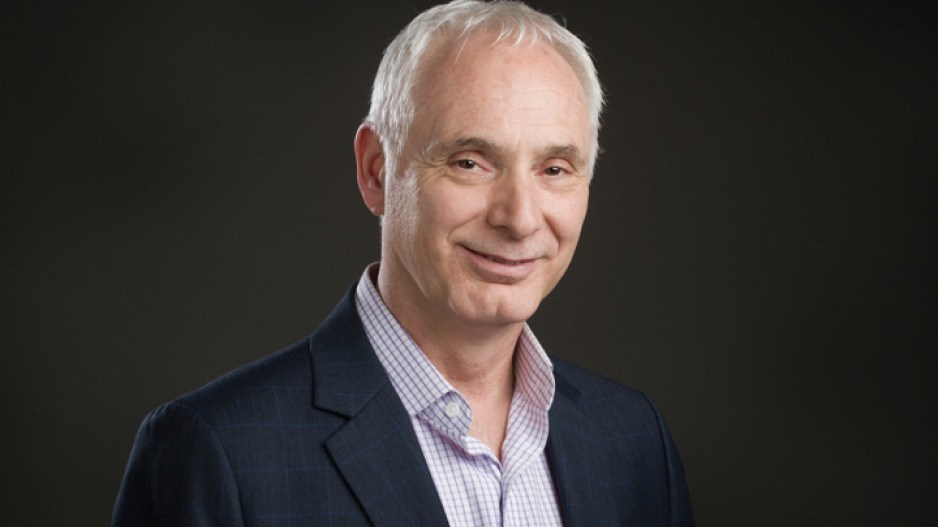One of the largest corporate finance deals of 2017 was Invictus MD Strategies Corp.’s (TSX-V:IMH) acquisition of Acreage Pharms Ltd.
The deal added 6,600 square feet of facility space to Invictus’ 250 acres of production capacity.
At the time of acquisition, Acreage was expanding its facility to accommodate the coming market demands from the legalization of recreational cannabis. The 6,600-square-foot facility was the first completed project in a three-phase expansion.
The second phase will enlarge a concrete and steel facility in Acreage’s 60,000-square-foot secured perimeter that sits on 150 acres of land. The third phase, which is awaiting permits, is a 76,750-square-foot expansion on the property.
The Invictus acquisition, which happened nearly a year ago, reflects a growing cannabis industry trend of big fish eating little fish.
“Large companies to date really aren’t showing much profit,” said Terry Roycroft, president of the Medicinal Cannabis Resource Centre Inc.
Roycroft references Aphria’s (TSX:APH) recent acquisition of Broken Coast Cannabis, noting that Broken Coast was one of the few Canadian cannabis companies generating a profit due to quality product and brand popularity but bound by growth constraints.
“[Broken Coast] was purchased for a 30,000-square-foot facility that had just been built and they had only been in business for about four years,” said Roycroft. “They were purchased for nearly $230 million.”
Broken Coast, a licensed producer from Vancouver Island, represents what the big fish are now looking for: small, craft growers with specific, quality strains of product and strong brand presence.
“People who are trying to get into the industry internationally, from the United States, and other parts of Canada, are not so much looking at businesses that are growing cannabis,” said Roycroft. “They are looking for branding and certain product development.”
A lot of that product development interest is now vested in the boutique-style craft grower whose facility and team produces one strain of product well.
“The model is similar to the craft brewery model where they have small-batch, high-quality products that may be harder to grow than a larger, commercial strain grown for volume,” said Roycroft. “The small-batch producers can create great unique strains that may not be viable in a large, commercial setting. The bottom line is the higher-quality products are usually grown in smaller production facilities rather than in the large commercial sections.”
In addition to craft growers, the next big draw for investors, according to industry insiders, is the extraction market.
“It is evident that there is a multitude of opportunities [in cannabis] both in private and public,” said Avtar Dhillon, executive chairman at Emerald Health Therapeutics. “But the largest areas that are growing are extraction and product development. Like-minded companies are focusing on products that are going to have specific appeal.”
What that appeal is remains to be seen because extraction products’ full range of uses has yet to be tapped. Regulatory framework for the extraction market is still being considered, but there is a plethora of extraction companies ready to roll when their time comes.
“As companies began accessing the public markets, the focus has been primarily on cultivation,” said Rosy Mondin, CEO at Quadron Cannatech Corp. “However, cannabis extracts represent the fastest-growing subset of the industry and, as a result, interest is growing in the ‘picks and shovels’ side of this burgeoning industry.”
Quadron manufactures extraction products for the cannabis industry.
According to Mackie Research, cannabis oil consumption in Canada will grow to more than 562,000 litres by 2020 from just 284 in 2015.
Trust remains a key marketplace issue.
“The bottom line is it is easy to recognize that there is a multitude of investment opportunities in the cannabis space. The challenge really is to be able to assess where the experienced management is and their ability to execute on opportunities,” said Dhillon.
“How do you find management that has the capability to execute and has the funding or ability to attract funding to achieve the goals of the business?”
Additionally, as with any emerging market, seeing smoke doesn’t necessarily mean there is fire.
“Investing, at this point, is certainly on the forefront because everyone is seeing the major double-digit gains and things moving very quickly,” said Roycroft.
“But this kind of comes back to the days of the internet when all of a sudden there was this whole wild speculation and blue sky. In a lot of cases, there is no relation to what the stock value is compared to what [companies] are doing monetarily.”




